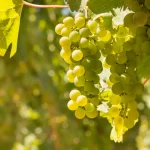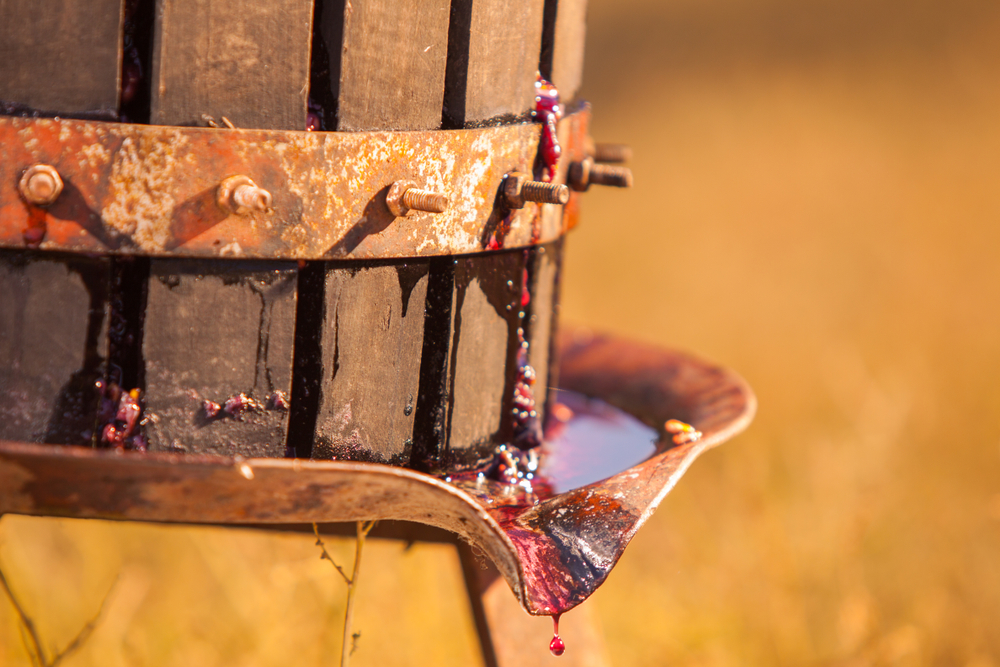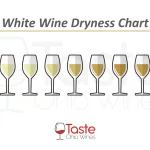Dry white wines are known for being crisp and refreshing. They can be paired with a wide variety of foods and are produced in many different countries all over the world. Dry white wines are very popular with various types of wine drinkers, but they can be a bit intimidating for beginners.
If you don’t know much about wine, or you usually stick to red, then you might have some questions about dry white wine. What makes wine dry? Which white wines are classed as dry wines? How should you serve them? What food should you pair them with?
If you want to learn more about dry white wines then just keep reading! We have answered those burning questions and put together a list of dry white wines, including information on what food to pair them with.
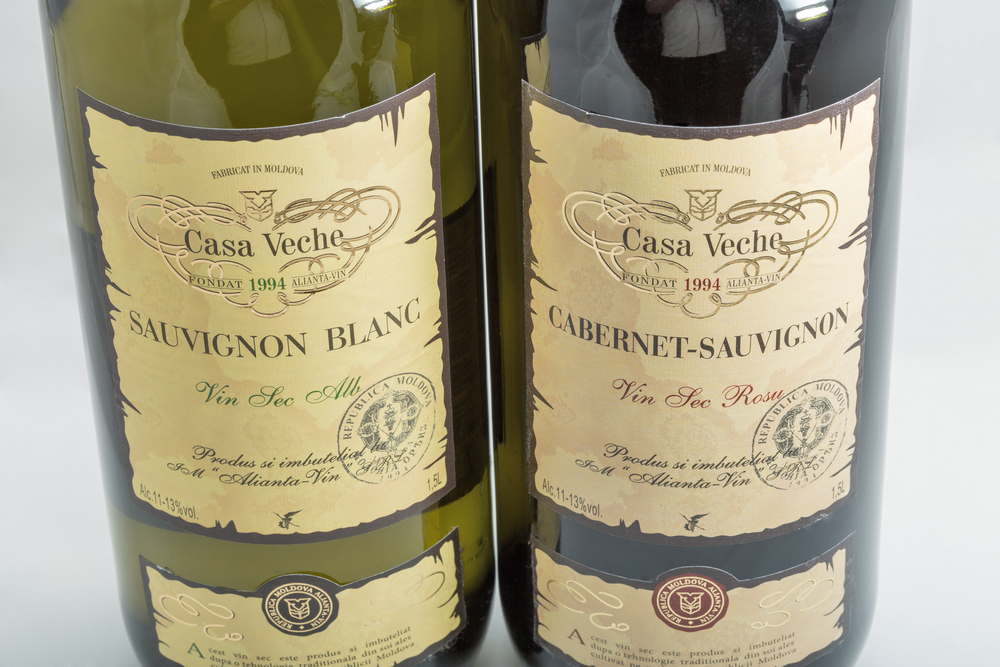
What Is ‘Dry’ Wine?
In basic terms, dry wine contains less sugar, so is less sweet than other wines. In more complex terms, it depends on how much residual sugar is left in the wine after the fermentation process.
Wine gets its sugar from the juice in the grapes, and any other fruit that is used. During fermentation, the natural sugars in the juice are turned into alcohol. Once the fermentation process is completed, there will be residual sugar left in the wine.
The amount of residual sugar per liter is used to determine the dryness of the wine.
If the residual sugar is 1% of the volume of wine or less, then the wine is considered to be dry. This is usually around 4 grams of residual sugar per liter of wine. If there is between 4 and 12 grams of residual sugar per liter, then the wine is considered to be medium dry.
Anything above 12 grams is considered to be a sweet wine.
Take a look at our handy white wine dryness chart.
What Temperature Should You Serve Dry White Wine?
Many people think that all white wine should be served at refrigerator temperature of 40 degrees fahrenheit, but this is not necessarily the case. Dry white wines are best served at 45 degrees fahrenheit, which is about 5 degrees above refrigerator temperature.
This will bring out the full range of flavors in the wine.
In terms of which glass you should use, this can come down to personal preference. In general, white wine glasses have a smaller, narrower bowl than red wine glasses. The shape of the glass enhances the aromas and maintains a cool temperature.
The slender bowl forces your tongue to make a U-shape, which channels the wine down the middle of the tongue. This avoids the taste buds at the side of the tongue which are more sensitive to acidity, allowing for a smoother flavor.
Consider the notes of the wine you have chosen and choose your glass accordingly.
Sauvignon Blanc
Sauvignon Blanc is known for being a very dry white wine.
It is produced in many different places, but most notably in California, New Zealand and South Africa. It is light bodied and fragrant, with a mellow color.
The citrus notes in the wine pair well with zingy dishes like fresh green salads with feta, delicate white fish served with asparagus, and dishes flavored with fragrant herbs. Other taste notes include green apples and passionfruit.
The fruity flavors in this wine are complemented by various types of cheese, especially goats cheese. If you are feeling more adventurous, pair sauvignon blanc with some oysters.
Albarino
Albarino is a particularly acidic dry white wine. It is medium bodied and refreshing, hailed for being clean, bright and tangy. The main flavor notes in this wine are apricot, citrus fruits, almonds and salt. It is produced in Spain and Portugal, and pairs particularly well with seafood.
The albarino grapes grow in mainly coastal areas, and the crisp, zingy flavors are perfectly complemented by shellfish. You can also serve this wine with sushi and Thai cuisine, as long as the food isn’t too spicy.
The acidity of this wine is great for cutting through fatty meats and oily dishes, so keep that in mind too.
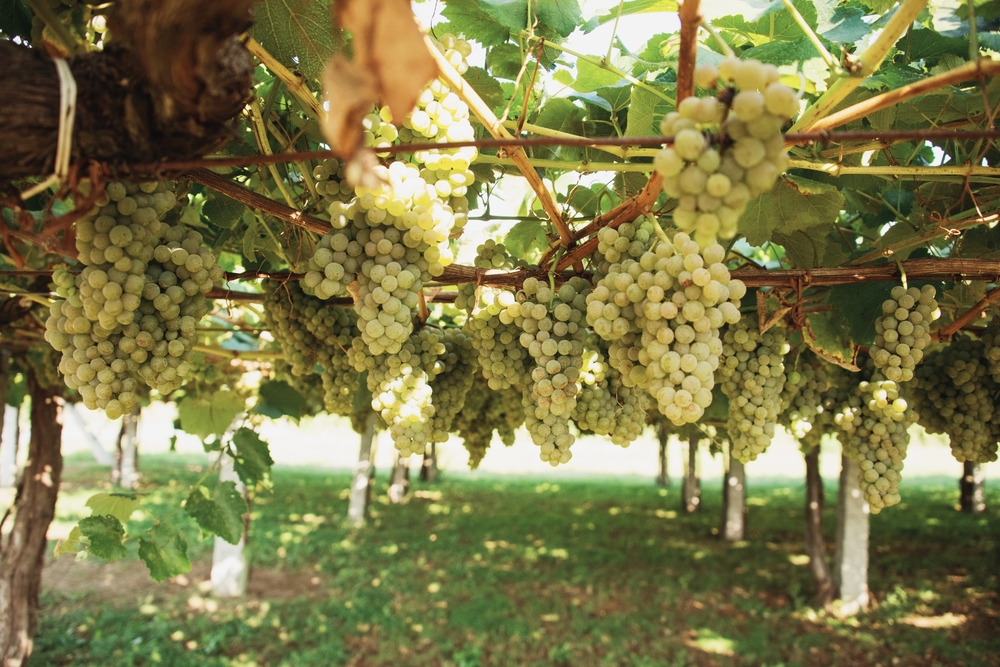
Torrontes
Torrontes is an aromatic dry white wine that is produced in Argentina, Chile and Peru. It smells sweeter than it tastes due to the floral flavor notes of rose petals, geranium, white peach and zesty lemon.
To counteract the perfumey elements of this light to medium bodied wine, there is a salty layer of flavor. This wine pairs very well with spicy Asian food like Indian coconut curries and Thai peanut curries.
Vegetarian food, tofu or light colored meats like poultry and fish work better with this wine than red meat or gamey meat. If you are looking for a cheese to serve this wine alongside, then opt for gruyere, paneer, pecorino or manchego.
You can also pair it with many types of Swiss cheese.
Pinot Blanc
Pinot Blanc is a medium dry wine produced mainly in Italy, France, Germany and Austria. California also produces a significant amount of pinot blanc wine. It is a full bodied wine with fruity notes of apple and citrus and a floral aroma.
You can also taste a hint of almond in this fairly acidic wine. It pairs best with delicately flavored foods, but due its acidity, it can handle being served alongside creamy sauces and dressings, or even fried foods. It also goes very nicely with white meat, fish, soft cheeses and salads.
Riesling
Riesling is an aromatic and fruity medium dry white wine. The grape originated in the Rhine area of Germany and has quite a high acidity. The flavor notes include apricot, pineapple, citrus, honeycomb and jasmine.
Because of the delicate balance between sweetness and acidity in this wine, it can be paired with spicy food like Thai and Chinese.
Meats like duck, chicken, pork and shellfish work particularly well, as do roasted vegetables with a natural sweet flavor such as red onions, bell peppers, squash and carrots.
Avoid pairing this wine with strong, smelly cheeses- stick to soft cow’s milk cheese served with dried fruits.
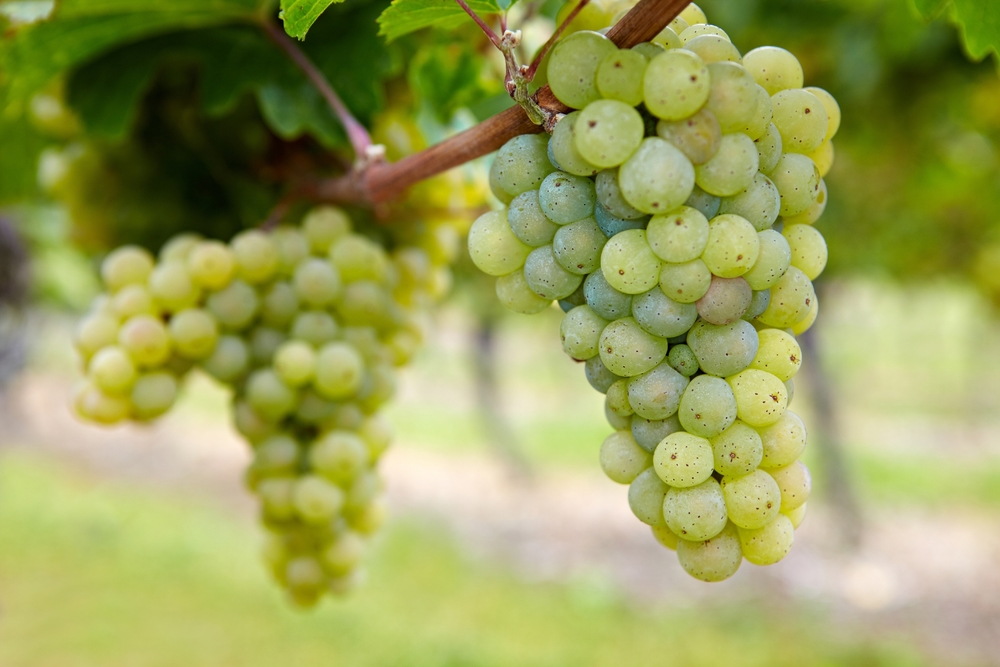
Viognier
The viognier grape originates from France, but the wine is now produced in various regions of North and South America, Australia, New Zealand, South Africa and Iran.
Viognier wine is medium dry and full bodied, with perfumed aromas of peach, tangerine, honeysuckle mango and rose. An oak aged viognier will also have hints of vanilla, nutmeg and clove. It is less acidic than some other dry white wines, and softer on the palate.
When pairing this wine with food, keep in mind that it is quite delicate. Choose flavors that will complement and accentuate the taste notes in the wine, rather than contrast them.
The perfect dish to serve would be chicken tagine with apricots and almonds, served over fragrant saffron rice. Most white meats and fish served in a fruity or fragrant sauce would be a good choice.
If you want to pair this wine with cheese, then baked brie or a fondue is an excellent option. You can also try gruyere or comte.
Summary
Now that you know more about dry white wines, you can see why they are so popular with wine drinkers all over the world. Don’t be put off by the lack of sweetness- these wines are still delicious!
When paired with the right food, their crisp and refreshing qualities come to life. As you try more dry white wines and your palate develops, remember to pay attention to the individual flavor notes and the aroma of the wine.
Notice the zingy citrus, the fruitiness, and the floral elements. See if you can pick out a salty or nutty taste. The more you get to know the wine, the more creative you can be with your food pairings.
You can now impress your family and friends and serve them the perfect dry white wine.
- Shrimp Cocktail (and More) Wine Pairing Guide - 09/06/2022
- What Wine Serving Sizes Look Like: Standard Size and More - 08/06/2022
- How Much Sugar is in Wine: Glass and Bottle Sugar Content - 08/06/2022



